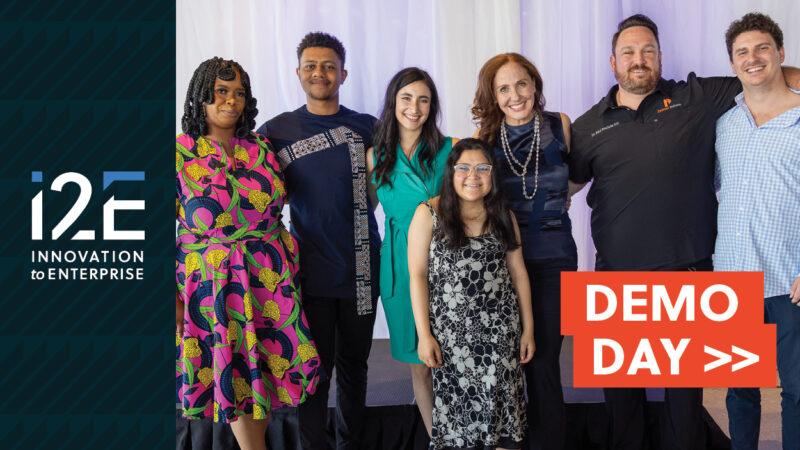By Scott Meacham
Copyright © 2018, The Oklahoma Publishing Co.
The status quo is always hard to overcome. I’ve been saying that a lot lately as our state battles through the budgetary issues that are dragging us down the rabbit hole. It’s a frustrating, dangerous time, that has left many of us shaking our heads.
Our work at i2E has been a much-needed breath of fresh air. We mark our 20th year in operation this fall and are planning a big celebration. This week, planning for that milestone was a natural impetus for reminiscing about how, in 1998 in what I like to call a rare moment of clarity of vision, collaboration and optimism for Oklahoma, i2E came to be.
The Oklahoma Center for the Advancement of Science and Technology (OCAST) had been operating as the state’s technology-based economic development agency for about 10 years. People had faith in its state-funded charter to help homegrown technology businesses in Oklahoma get started and grow.
Sheri Stickley, then an executive at OCAST, and Bill Hagstrom, who became the founding chair of i2E’s board and a nationally recognized serial entrepreneur in biotech, identified a roadblock.
Oklahoma needed a center where high-tech entrepreneurs could get assistance. Sheri and Bill brought together 40-plus Oklahoma business leaders, who came up with a recommendation for a commercialization center, which OCAST then championed to the Legislature. An interim organization was formed with many business leaders on the initial board.
Dr. Randy Goldsmith, then president of the Manufacturer’s Alliance, was recruited to expand the model of commercialization, and the Oklahoma Technology Commercialization Center took shape.
Interestingly, about the same time in 1997-98, two state questions greatly facilitated technology transfer at OU and OSU, allowing those universities to commercialize, license or sell the technology they invented.
After a few months, it was clear that every entrepreneur who came to the Commercialization Center had one thing in common. They needed early stage capital, and in Oklahoma, there wasn’t any.
The Commercialization Center went back to the well. With Sheri’s and Bill’s help, the Legislature was convinced through OCAST, to create and fund the Technology Business Finance Program concept fund. Since inception, for every dollar invested by the state, i2E clients have raised $48 in private capital.
The fund was appropriated $9.8 million by the Legislature between 1999 and 2010. As a result of repayments, it has been able to cover all of its costs and invest a total of $12 million in Oklahoma companies. In fact, the fund has experienced a direct total return on the state’s investment of 64 percent, without even considering the economic benefits of jobs created or Oklahoma technologies launched.
The Technology Business Finance Program fund formed the cornerstone of the Commercialization Center (eventually renamed i2E). In short order, the organization created Oklahoma’s first angel investor groups, established a public deal flow process, and a continuum of capital, which today exceeds $60 million under management.
The status quo is hard to overcome. But over the last 20 years i2E has learned how to create change — change that positively impacts lives, and jobs and wealth in Oklahoma.
i2E is the repository for that learned knowledge, and we are adding to it every day. That’s 20 years of value that we bring to Oklahoma and the entrepreneurs and innovators in our state.
Scott Meacham is president and CEO of i2E Inc., a nonprofit corporation that mentors many of the state’s technology-based startup companies. i2E receives state support from the Oklahoma Center for the Advancement of Science and Technology and is an integral part of Oklahoma’s Innovation Model. Contact Meacham at [email protected].
Read the article at newsok.com








